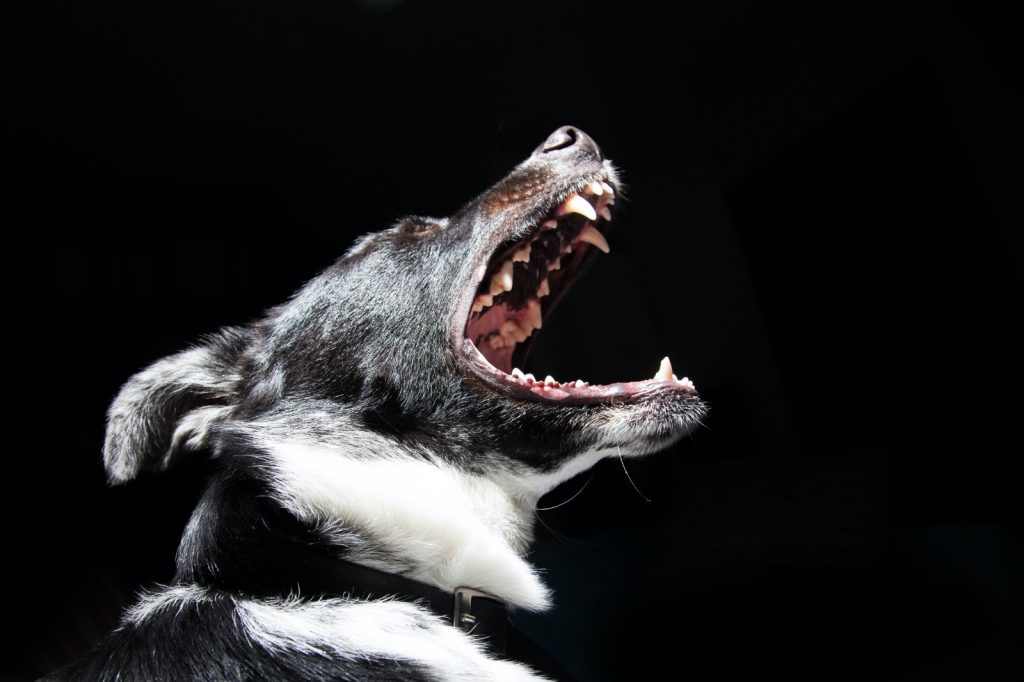When we hear the term Rabies, we automatically think of a dog bite. This is wrong. Any mammal can be infected & spread rabies. However, in most cases, they spread it through bite as the virus can only spread through saliva. This brings the question: why will a pet, an honorary member of the family, suddenly feel like biting the faces it has been familiar with for years, & how can this be avoided?
Rabies is caused by a mind-altering germ called the Rabies virus. When an infected animal bites another animal, the rabies virus quickly finds a way through the nerves, into the brain. Where it causes inflammation of the brain and increases the production of rabies-infected saliva that makes the animal drool continuously, making it hard to drink water or swallow food, ultimately causing hydrophobia (the fear of water). The infected animal becomes so irritated and hostile, that it feels biting other animals and people, resulting in spreading the rabies virus.

Rabies is a zoonotic disease, meaning it can spread through animals, to humans, so if you or someone you know is exposed to the rabies virus through a bite or scratch, it is often advisable that the person should quickly wash any bites or scratches for 5 to 15 minutes with soapy water or detergent. This will help to minimize the number of viral particles, and after that, make sure you don’t take any chances and visit your doctor immediately. And here is good news; though rabies is a dangerous disease, it is 100% preventable. Just make sure that all your pets and domestic animals receive anti-rabies vaccinations, and people who have been bitten can receive vaccines to fight the disease.
Rabies is a very deadly disease. Almost all rabies infection resulted in death till two French scientists; Louis Pasteur and Emile Roux developed the first rabies vaccination in 1885. It got its name from the Latin word that means; to rage. That is because animals that have been infected with rabies can sometimes act as if they are angry. Other notable symptoms are that such animals may drool a lot & foam from the mouth.
An infected animal, though it might have been your dearest pet, does not have much control over it. So it is your responsibility to make sure that you get your pets vaccinated from the virus


